
Manual outreach takes hours, and people right now, doesn’t have that much time, especially in the AI era.
That’s why more businesses are turning to sales outreach automation.
Not to send more messages, but to save time, scale faster, and connect better.
In this guide, you’ll learn:
- What sales outreach automation means (in a simple way)
- How to know if your business needs it
- How to choose the right tool
If you’re a startup or a small team looking to scale your pipeline without burning out, this
One’s for you.
Chúng ta hãy bắt đầu nhé.
What is Sales outreach automation?
Sales outreach automation is reaching out to potential clients, people you don’t know yet but want to work with, using tools or systems that handle the outreach for you.
Simple.
Chúng ta hãy phân tích nó nhé:
- Sales = You want to grow your business or make money.
- Outreach = You’re connecting with people who might need your product or service.
- Automation = You’re not doing all the manual work.
A tool (like GRO) helps you send messages, follow up, and track everything automatically.
(More on it later)
Instead of spending hours writing cold emails or DMs daily, you let a system handle the heavy lifting, without losing the personal touch.
Where Does Outreach Happen?
Sales outreach automation can be done across multiple channels, like:
- LinkedIn: Ideal for B2B outreach (That’s what we’ll talk about, mostly)
- Email: Still one of the most effective sales channels
- CRM systems: To manage pipelines, track interactions, and automate follow-ups
Wherever your ideal clients hang out online, that’s where your outreach should happen.
Manual vs. Mass Outreach: Why They Don’t Scale
Manual outreach can work, but it’s exhausting.
You might send an amazing message to someone who’s not even interested… and a rushed, mistake-filled one to someone who actually wanted to work with you.
Mass outreach? That’s worse.
Sending the same message to 100 people (with just the name changed) rarely works.
Everyone has different problems, and one-size-fits-all emails just don’t land anymore.
Why Most Sales Playbooks Are Still Broken
Let’s be honest — even big companies often get sales outreach wrong.
Most sales teams still follow the same outdated playbook:
- Find the decision-maker
- Send short emails that fit on a phone screen
- Blast 200+ messages a day because “it’s a numbers game.”
Sure, this might work… but barely.
The success rate? Often less than 1%.
And the reason?
These messages feel robotic, rushed, and disconnected from what buyers actually care about.
Here’s what most people miss:
You’re not just selling to one person.
You should be reaching out to three types of people:
- Economic Buyer: The one who signs the cheque
- Decision Maker: The one who recommends tools to the buyer
- End User: The person who uses your product every day
Pro tip: Start with the end users.
They’re the least spammed and most likely to talk to you.
And if they like you? They’ll pull in their manager or boss themselves.
Let’s say you sell automation for invoice management in the shipping industry.
You might think the CEO is your buyer.
But the real pain? It’s happening below.
In countries like the U.S. or Singapore, if invoices are late, freight companies charge extra fees.
In others, they may hold cargo hostage until payments are cleared.
So, for:
- Economic buyers: It’s about rising costs
- Decision makers: It’s about missing performance goals
- End users: It’s about daily stress and blame from above
This is the level of insight that makes outreach work, and it’s where tools like GRO shine.
With the right setup, you can:
- Reach the right people
- Send messages that feel personal
- Tie your product to real, daily problems
Why Automation Wins Here
Let’s face it — no one has time to send 100 personalized messages every day.
That’s where outreach automation comes in.
You feed in smart insights like the example above…
And the tool does the legwork — reaching out across LinkedIn, email, or wherever your prospects are.
It’s outreach, but without the burnout.
And it works.
According to McKinsey, sales teams that use automation report up to 15% higher lead conversion rates and 30% faster outreach cycles.
With tools like GRO (launching soon), you can build automated LinkedIn outreach sequences that:
- Sound human
- Hit at the right time
- Adapt based on replies
And best of all? You stay focused on the actual selling, not the chasing.
Who Needs It (and Why)
Let’s play a quick game to find out if you really need sales outreach automation.
All you have to do is say yes or no to the questions below.
Be honest with yourself, okay?
Ready? Let’s go
- Do you have to follow up with 87 cold leads, every single week, manually
If it’s a Yes? Then you need automation.
- A team of 5-7 with big dreams, and not enough hours in the day?
If you want to grow without burning out, automation is your friend.
- Are you an agency juggling multiple campaigns, industries, and contacts?
Let a system handle repetitive outreach while you focus on strategy.
- Are you the CEO, the salesperson, and the marketer, all in one of your best-performing solo businesses?
Automation helps you stay consistent with outstanding performance (and sane).
If you said yes to even one of these, chances are you’re spending more time doing outreach than actually closing deals.
Sales outreach automation gives you that time back, so you can focus on conversations that seal it.
You knew this from the start, right?
So what’s really stopping you?
Is it:
- Not sure which tool to choose?
- Or… you just don’t trust AI yet?
Let’s tackle both head-on.
If you’re confused about the tools, scroll down. We’ve got you covered there.
But if it’s the trust part that’s holding you back, don’t sweat it.
Look, I get it.
AI and automation tools can feel a little… robotic.
And with all the hype, it’s easy to assume it’ll just spit out dull, soulless content.
But here’s the fix:
Use the tool with a human touch.
Either:
- Add in highly personalized prompts
- Hire a writer (at a fair rate) to review, refine, and shape what the tool gives you.
That way, you get the speed and efficiency of automation, without compromising on quality or originality.
Simple.
How to Automate Your Sales Outreach (Step-by-Step)
Let’s keep it simple and actionable with a 5-step process anyone can follow.
- Define Your ICP (Ideal Customer Profile):
Know who you want to reach before you start.
Hãy tự hỏi mình:
- What industry are they in?
- What’s their job title?
- What problem do they face that your product solves?
- Craft Personalized Message Templates:
Don’t send the same boring “Hey, I’d love to connect” message to everyone.
Write 1–2 flexible templates that sound human, not robotic.
Example: “Hey [First Name], saw your recent post on [Topic] — super insightful! Just curious, how are you handling outbound at [Company] these days?”
Keep it short, relevant, and curiosity-driven.
- Segment Your Lead List:
Group your leads based on who they are; don’t treat a founder like a junior SDR.
For instance, you could create different lists:
- Founders of Series A startups
- SDRs in the fintech space
- Hiring managers in healthtech
Each group gets a slightly different version of your message.
- Choose the Right Tool (and Channel):
Pick where you’ll reach out (LinkedIn, email, CRM) and what tool will help automate it.
If your ICP hangs out on LinkedIn, tools like GRO help automate connection requests, follow-ups, and replies, without sounding spammy.
- Schedule and Track Responses:
Set your messages to go out at the right time, and track who’s opening, clicking, or replying.
With automation tools like GRO, you can:
- Set messages to go out during high-reply hours (like Tuesday mornings)
- Track open rates
- Stop the sequence once someone replies.
Vậy là xong!
You now have a system that works even when you’re offline, giving you time to focus on deals, not chasing leads.
Once your system is set up, the next step is nailing the message.
How to Choose the Right Outreach Automation Tool
Choosing the right tool is where most people get stuck, because there are so many out there, and they all promise the same things.
But not every tool is built the same.
Here’s what to actually look for when picking a sales outreach automation tool that works for you (not against you):
- Personalization Capabilities:
Your outreach shouldn’t feel like a copy-paste job.
The tool should allow:
- Custom merge tags (like name, company, job title, etc.)
- Dynamic content based on lead behavior or profile
- Easy message variations for different segments
Look for: Can you sound like a human at scale?
- Safe Sending Rules:
Good automation shouldn’t land you in spam or get your LinkedIn restricted.
The tool should have built-in limits and smart delays to mimic human behavior.
Look for: Daily connection/message caps, randomized delays, safety throttles.
- Smart Scheduling and Timing:
Timing matters. Messages sent at the wrong time often get ignored.
Look for:
- Ability to schedule messages by day/time
- Time-zone-based sending
- Pause/resume based on lead activity
- CRM or Lead Source Integrations:
If you’re using tools like HubSpot, Salesforce, or even Google Sheets — make sure your outreach platform plays well with them.
Look for: Direct CRM integrations, Zapier support, or easy CSV uploads.
- Ease of Use:
A tool that’s powerful but hard to use is just as bad as no tool at all.
Look for:
- Clean, no-fuss interface
- Easy campaign builder
- Minimal learning curve (or a solid onboarding process)
- Responsive & Simple UI:
Especially if your team is using it daily, the UI should be fast, mobile-friendly (if needed), and easy to navigate.
- Pricing and Value for Money:
A cheaper tool might lack crucial features. An expensive one might offer stuff you don’t need.
Look for:
- Scalable pricing (per seat or contact)
- Free trial or demo
- Transparent upgrade paths
From $0 to $35K/Month in Just 6 Months — Clarence’s Story (Case Study)
Meet Clarence.
He scaled his lead generation agency from $0 to $35,000/month in profit in just 6 months — all while working less than 4 hours a day.
His secret?
A fully automated sales outreach workflow.
With this system in place, Clarence stopped worrying about:
- Where’s my next lead coming from?
- How do I keep the cash flow consistent?
Tại sao?
Because his lead generation became predictable.
Here’s the exact system that helped him scale his agency to $35K/month in profit (with just ~4 hours of work a day):
- Apify – for scraping leads
- Anymail Finder – for verified email lookup
- ChatGPT – for cleaning, analyzing, and segmenting data
Bonus: He plugged all of this into a simple CRM to track and follow-up — fully automated.
With this setup, Clarence stopped worrying about:
- “Where’s my next client coming from?”
- “When will I get paid again?”
- “Should I hire someone to do outreach?”
Watch the video breakdown of his system here.
Where Does GRO Fit Into This?
If you love what Clarence did, but don’t want to piece together 5 different tools…
That’s where GRO steps in.
It lets you:
- Automate your LinkedIn outreach
- Personalize every message at scale
Track replies and schedule follow-ups
All in one place, without needing Zapier or scraping tools.
It’s like Clarence’s workflow, but 80% simpler.
Check out GRO here (It also offers a 14-day FREE trial for a limited time, so HURRY UP!)
To sum up,
Clarence proved one thing:
You don’t need a huge team or a massive budget.
You just need the right system.
Whether you build it yourself with no-code tools, or use something like GRO to simplify it, automation is what unlocks growth.
Phần kết luận
Sales outreach automation isn’t just for big teams with big budgets.
Với AI tools like GRO, you simply tell the system how you want to sound, and it takes care of the rest.
At AI Kinh doanh Châu Á, that’s exactly what we’re launching soon.
A smarter way to automate LinkedIn, filter leads, and scale your pipeline, all without losing the human touch.
Ready to autopilot your LinkedIn outreach and grow your revenue?
Get an exclusive peek at GRO now at thegro.ai
Đăng ký để nhận thông tin cập nhật bài viết mới nhất trên blog

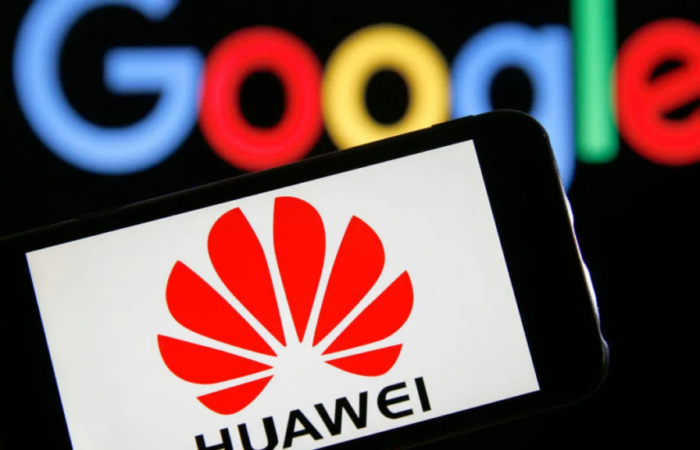
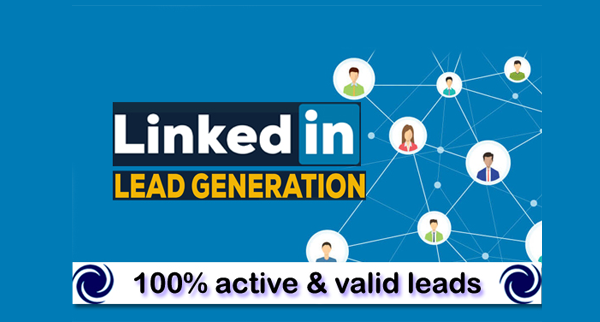

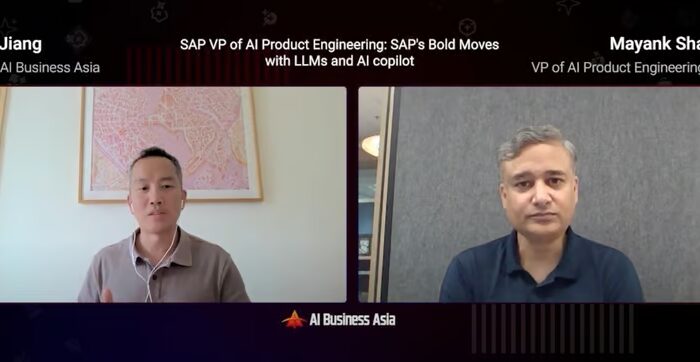
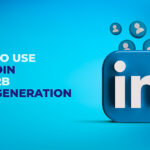
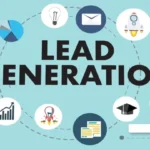


Để lại bình luận của bạn: